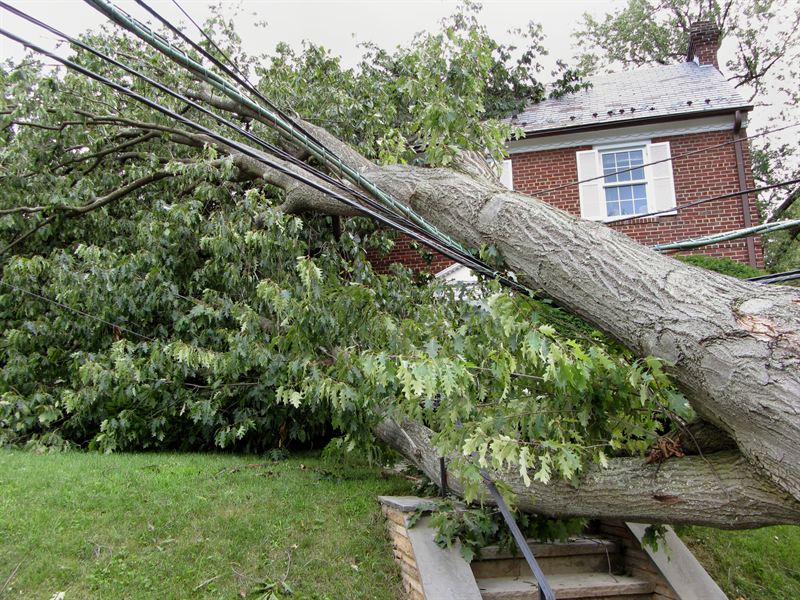BEWARE THE DANGERS FROM USING PORTABLE GENERATORS

With stormy weather forecast for the coming weeks homeowners that suffer power cuts may be tempted to use a portable emergency generator. But as B&ES (the Building & Engineering Services Association) points out, if used improperly there can be a risk of deadly carbon monoxide poisoning.
9 October 2014 – With stormy, unsettled weather now forecast for the weeks ahead, it may mean power cuts, and especially in rural areas served by overhead power lines that are vulnerable to falling tree damage. Following the extreme, violent storms of last winter when thousands of homes were left without power for extended periods, some households will have invested in a portable generator.
But Roderick Pettigrew, Chief Executive of B&ES (the Building & Engineering Services Association) who operate the Carbon Monoxide Helpline advice service, warns that improper use of emergency generators poses a real danger: “When power goes down following a severe storm homeowners that have a portable generator should be aware that if used improperly there is a real risk of carbon monoxide poisoning and they should take specific precautions: never run a generator inside your home or even in an attached garage, porch or any enclosed structure and don’t run them too close to a door or window.
“Remember that with carbon monoxide you cannot see, taste or smell it; this is a deadly gas that can kill quickly with no warning. Similarly, do not use kerosene heaters in small or unventilated rooms and never use gas ovens or cookers to provide heat. And if you are running a generator to provide emergency power always make sure that there are working carbon monoxide alarms in place.”
For more advice about the dangers of CO poisoning call the Carbon Monoxide Helpline on (freephone) 0800 810 8464 or visit the CO Helpline website at: http://www.cohelpline.org. B&ES has also produced a free guide on the dangers of CO poisoning – you can download a copy from the website or call the Helpline and a copy will be posted to you.
Ends
Issued on behalf of the Building & Engineering Services Association (B&ES) by Next Step Marketing Ltd
Media enquiries to: Heather Lambert. Tel: 44(0)1256 472020;
Fax: 44(0)1256 471010; E-mail: heather@nextstepmarketing.co.uk
Notes to editors
Since its formation in 1904, B&ES, the Building & Engineering Services Association (formerly the HVCA) has represented the interests of companies engaged in a wide range of building and engineering services including domestic heating and renewable technologies.
B&ES members are subject to regular, third-party inspection and assessment of their technical competence and commercial capability, carried out by an independent certification body at least every three years.
B&ES members who undertake gas installations are registered with Gas Safe – the gas safety watchdog body – and are also members of TrustMark, the Government-endorsed scheme designed to direct customers towards reliable tradespeople.
B&ES operates the Carbon Monoxide Helpline (http://www.cohelpline.org) to provide consumers with advice about the dangers of carbon monoxide (CO) poisoning and how to keep out of harm’s way from this “silent killer”.
Tags:


